Optimal Timing for Asphalt Sealings
Proper timing of asphalt sealings is essential for maximizing durability and protection. The optimal period depends on local climate conditions, asphalt condition, and seasonal temperatures. Typically, late spring and early fall are considered ideal for sealings, as temperatures are moderate and conducive to effective application and curing.
Sealings should be applied when daytime temperatures are between 50°F and 85°F to ensure proper adhesion and curing.
Late spring and early fall offer optimal conditions, avoiding extreme heat or cold that can compromise the sealant's effectiveness.
Dry weather with low humidity is preferable. Avoid sealings during rain, snow, or frost to prevent damage and ensure proper curing.
Sealings are best applied when the asphalt surface is clean, dry, and free of cracks or damage for maximum adhesion.
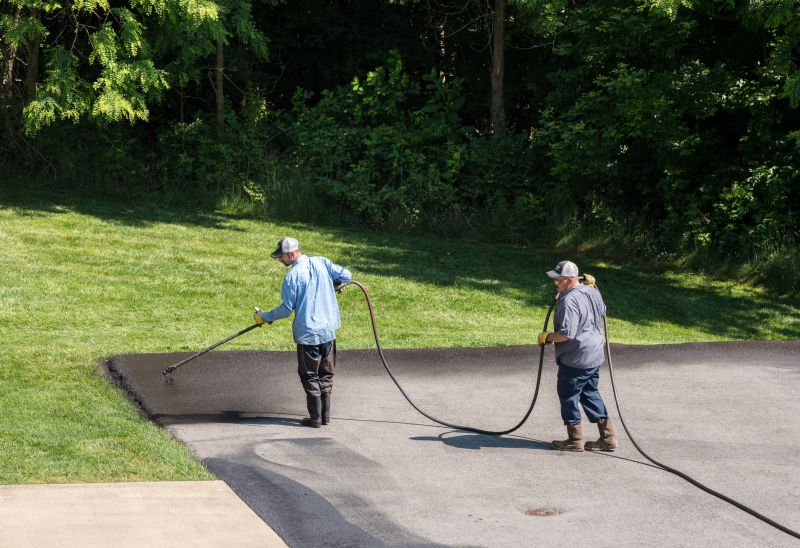
Spring is an excellent time to prepare for the upcoming season with protective sealings.
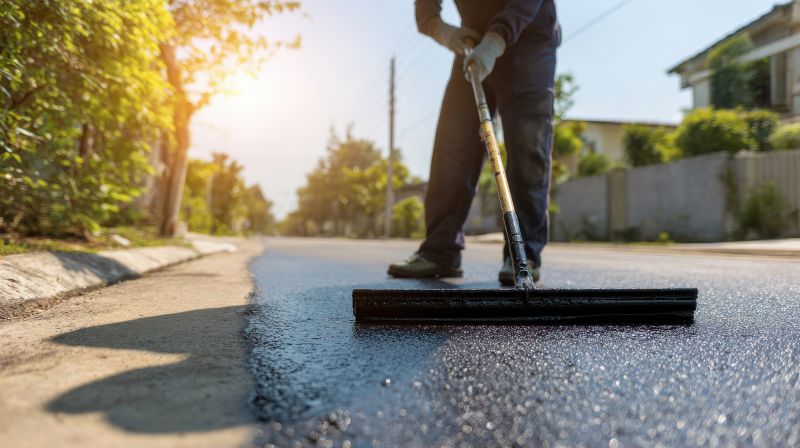
Applying sealings in fall helps protect asphalt during the colder months.
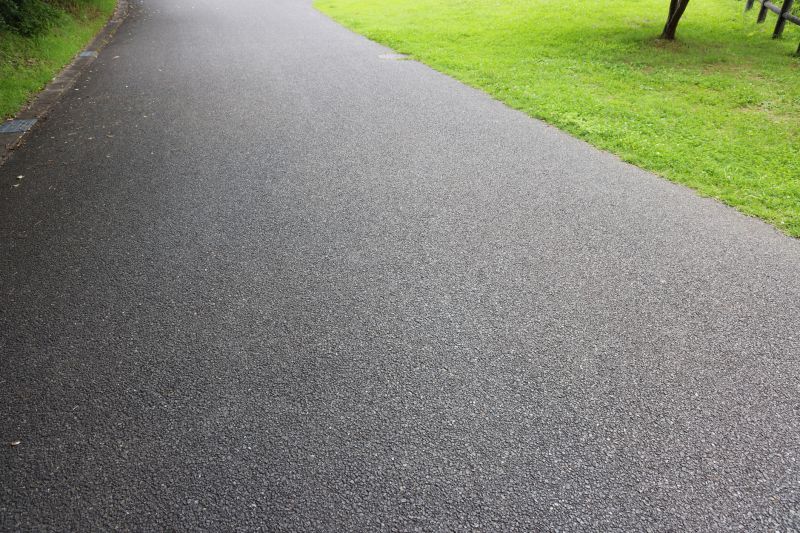
Dry, mild days are ideal for asphalt sealings to ensure proper application and curing.
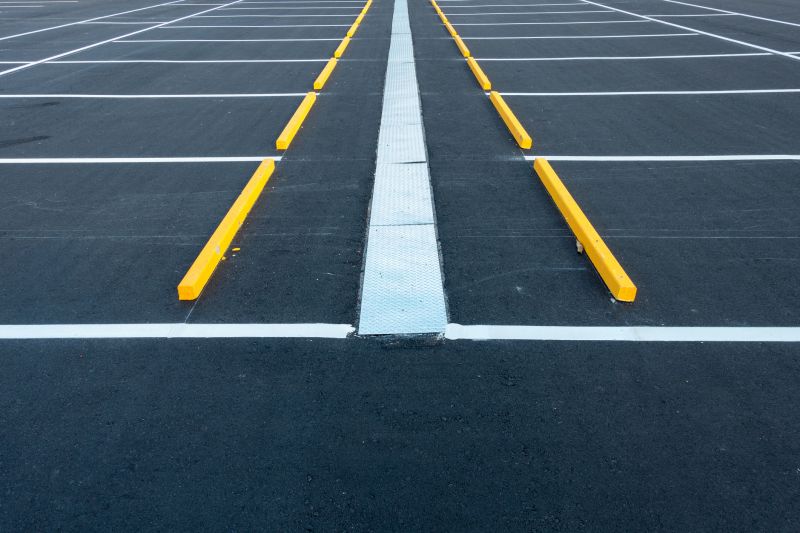
Ways to make Asphalt Sealings work in tight or awkward layouts.

Popular materials for Asphalt Sealings and why they hold up over time.
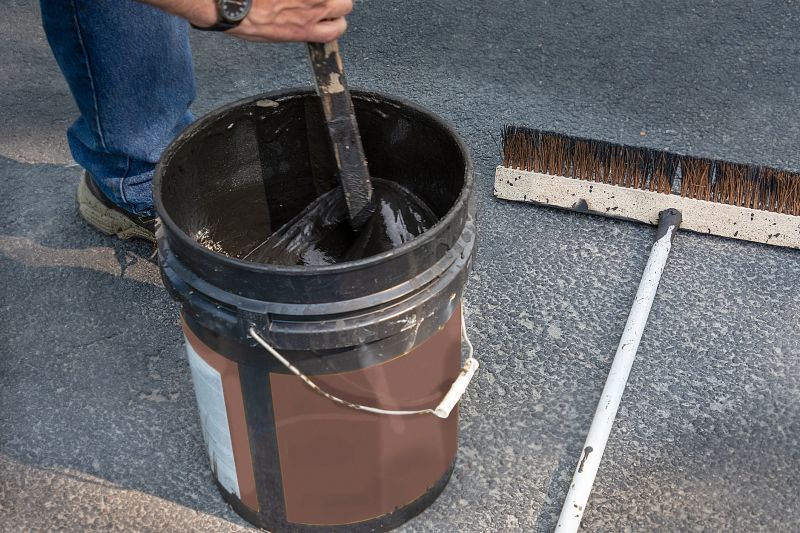
Simple add-ons that improve Asphalt Sealings without blowing the budget.
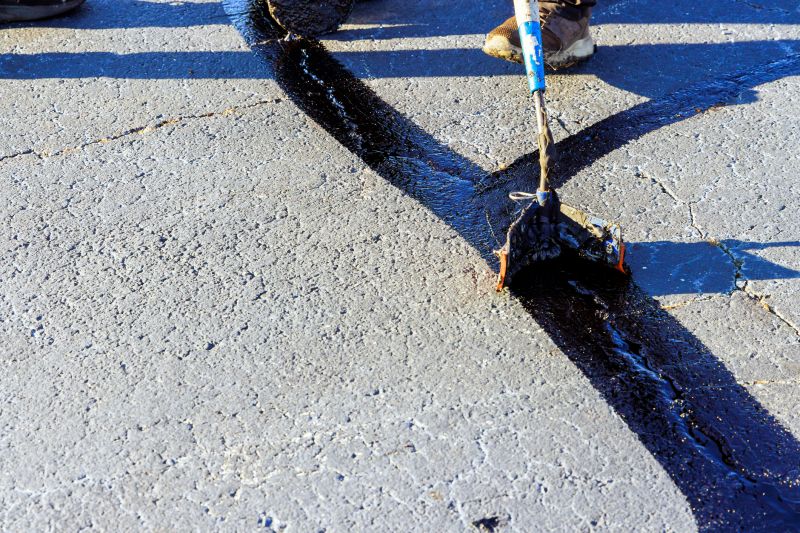
High-end options that actually feel worth it for Asphalt Sealings.
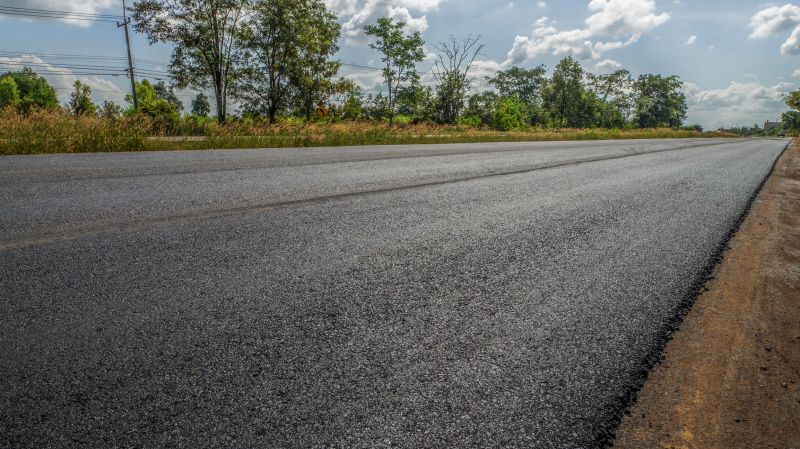
Finishes and colors that play nicely with Asphalt Sealings.
| Season | Temperature Range (°F) |
|---|---|
| Spring | 50-85 |
| Summer | Not recommended during peak heat |
| Fall | 50-85 |
| Winter | Not recommended during freezing temperatures |
Asphalt sealings play a crucial role in maintaining the longevity and appearance of paved surfaces. They provide a protective barrier against water, UV rays, and chemicals that can cause deterioration. Properly sealed asphalt can extend the lifespan of a driveway or parking lot by several years, reducing repair costs and enhancing safety.
Statistics indicate that regular sealings can improve asphalt resistance to cracking and potholes by up to 50%. Additionally, sealing can restore the surface's color and texture, making it more visually appealing and safer for vehicles and pedestrians.

Proper application techniques ensure even coverage and optimal protection.
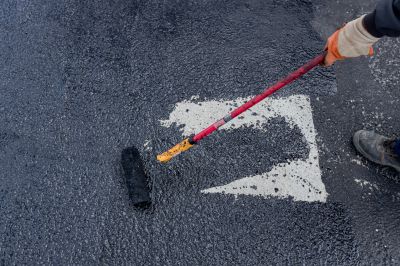
Cleaning and repairing the asphalt surface before sealing enhances adhesion.
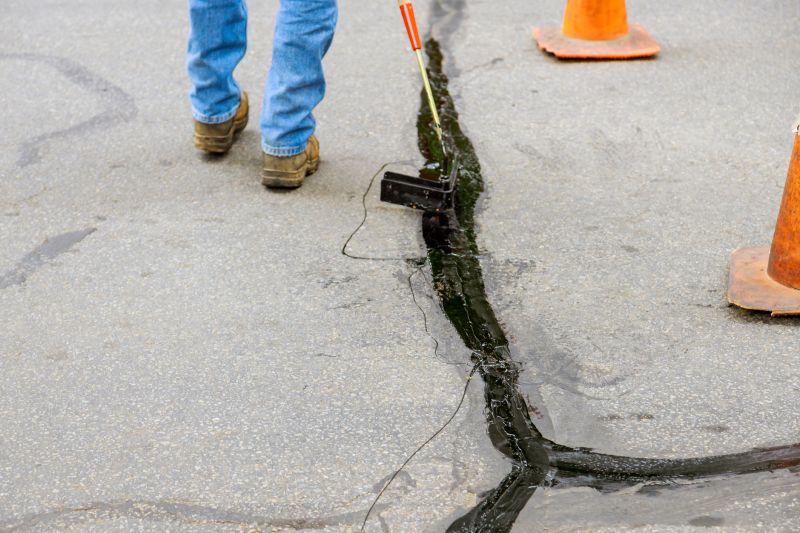
Allow sufficient time for the sealant to cure before exposing the surface to traffic.
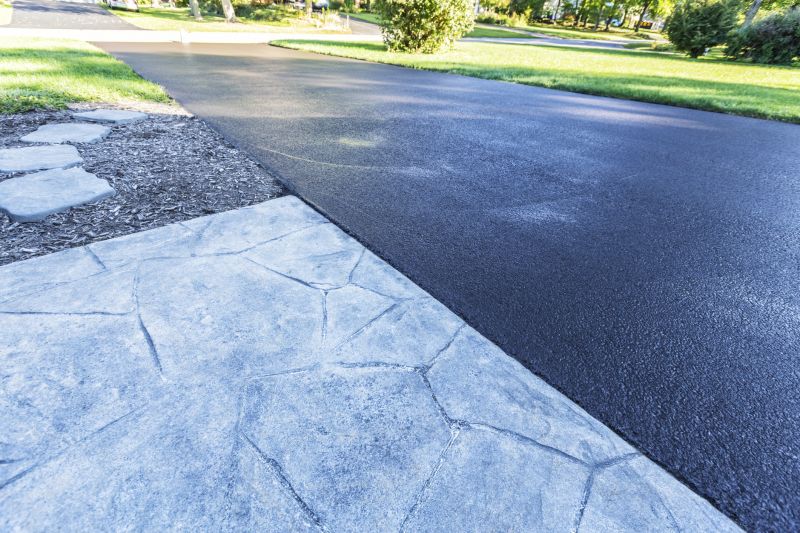
Sealed asphalt surfaces exhibit a uniform, dark appearance that indicates protection.
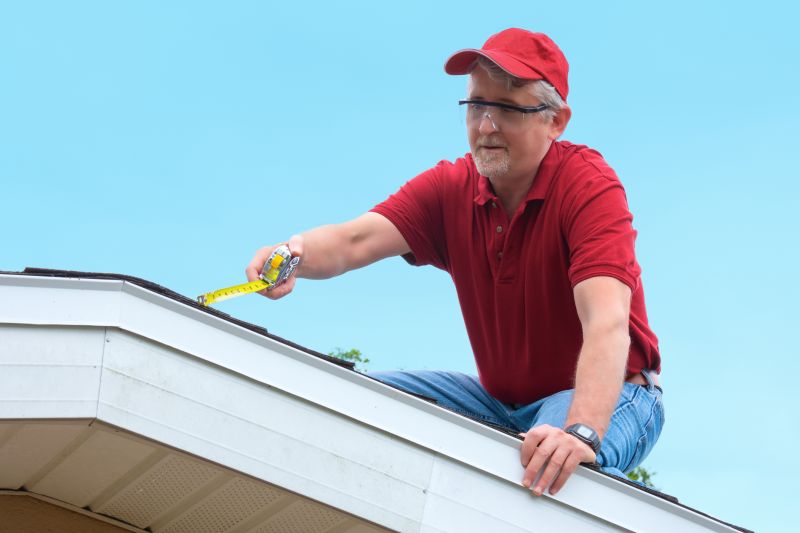
Little measurements that prevent headaches on Asphalt Sealings day.
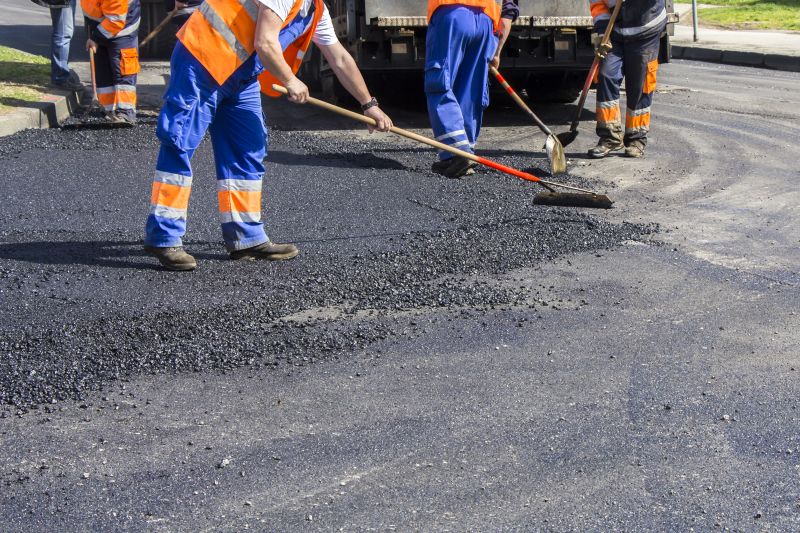
A 60-second routine that keeps Asphalt Sealings looking new.
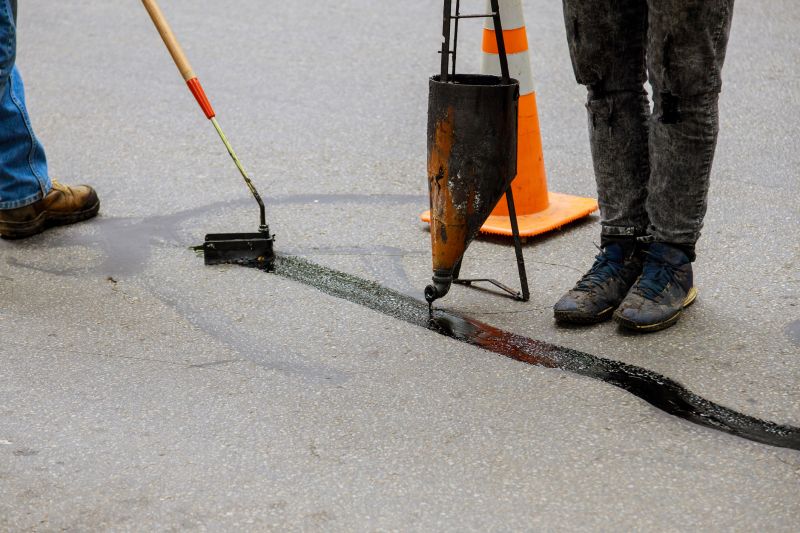
A frequent mistake in Asphalt Sealings and how to dodge it.
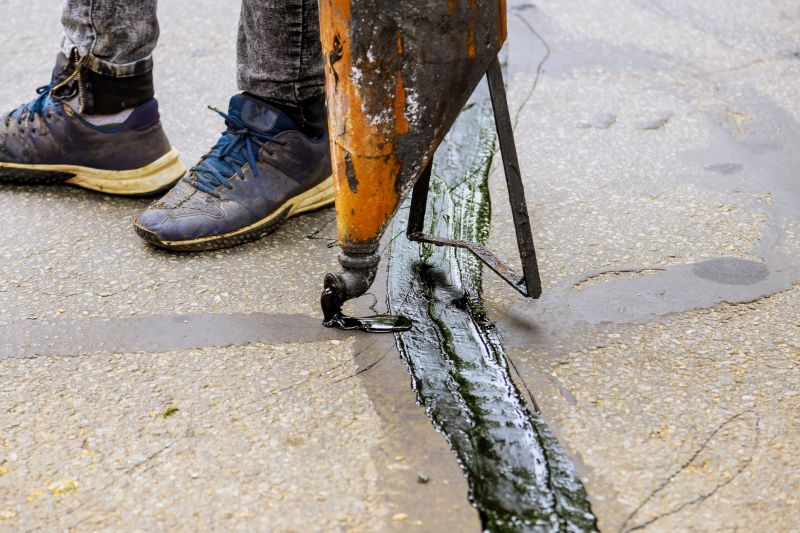
Small tweaks to make Asphalt Sealings safer and easier to use.
Interested parties are encouraged to contact for more information about scheduling asphalt sealings. Proper timing and application can significantly extend the life of asphalt surfaces, saving costs and maintaining safety and appearance.
